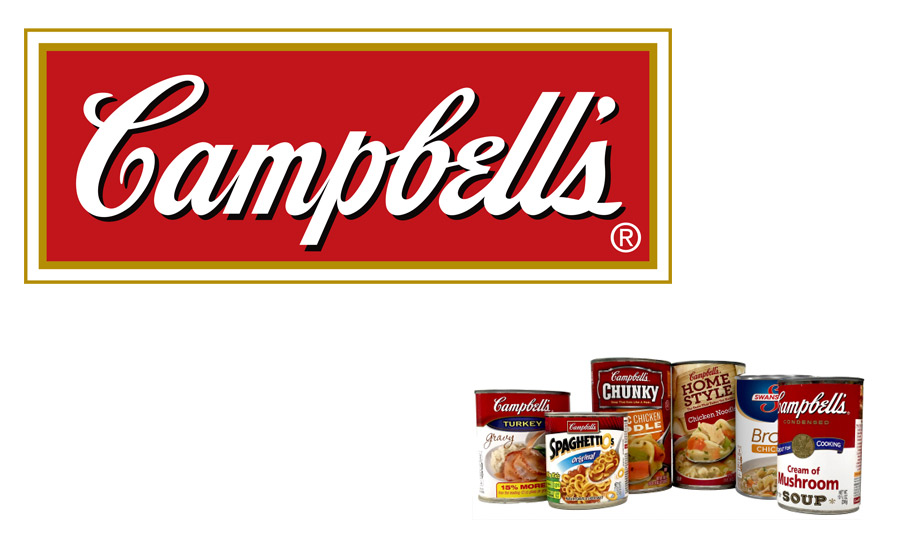Campbell Soup Company disclosed its plan to complete a transition to cans which do not use Bisphenol A (BPA) linings by the middle of 2017. The company began using cans with linings made from acrylic or polyester materials in March 2016 and will continue to introduce the new linings across its U.S. and Canadian portfolio through 2017.
Campbell first announced its intention to move away from BPA linings in February 2012, in response to consumer feedback. Since then, Campbell has tested hundreds of alternatives. As the company has stated previously, the transition faced a number of technical challenges. This included identifying linings that would ensure the safety of more than 600 different recipes, such as its tomato-based products, which are naturally acidic and can react with some linings over time.
“Our priority throughout this transition has been, and will continue to be, food safety,” said Mike Mulshine, Senior Program Manager, Packaging. “We have tested and conducted trials with hundreds of alternatives to BPA lining and believe the acrylic and polyester options will ensure our food remains safe, affordable and tastes great.”
The products that will be packaged in non-BPA lined cans include all varieties of Campbell’s soups and gravies, Swanson broth and SpaghettiOs pasta. The company is on track to have 75 percent of its soup portfolio in non-BPA lined cans by December 2016. The company is also currently testing alternatives to BPA coatings used on other packaging, including aluminum cans used for V8 beverages and metal screw top lids on glass jars. The company is on track to transition these products to a non-BPA solution by the middle of 2017.
Campbell also offers a wide range of products in packaging which currently does not use BPA, including cartons, pouches and PET bottles.
Over the past year, Campbell has taken action to provide consumers with more information about how its products are made, including packaging and the use of BPA linings, through channels such as www.whatsinmyfood.com.
BPA has been widely used in metal food packaging for more than 40 years and is one of the safest packaging options in the world. This is confirmed by extensive scientific studies and regulations put in place by the U.S. Food and Drug Administration and many international regulatory agencies.
Campbell to Complete BPA-free Transition
The company began using cans with linings made from acrylic or polyester materials in March 2016
